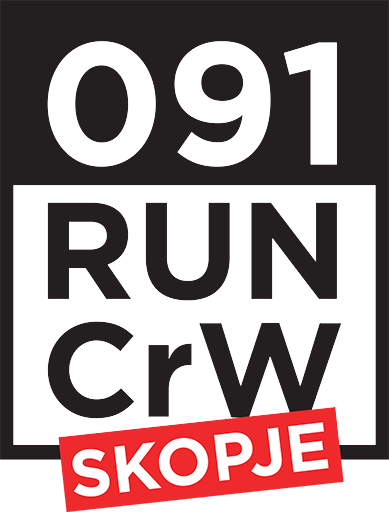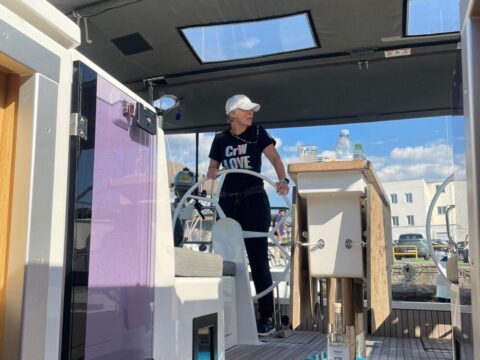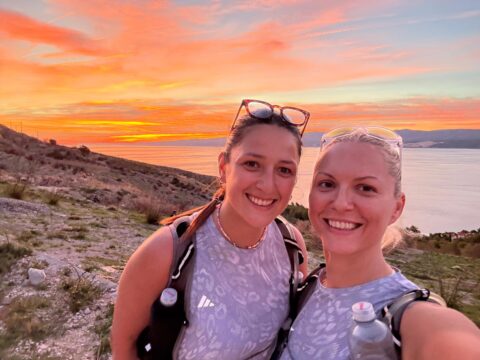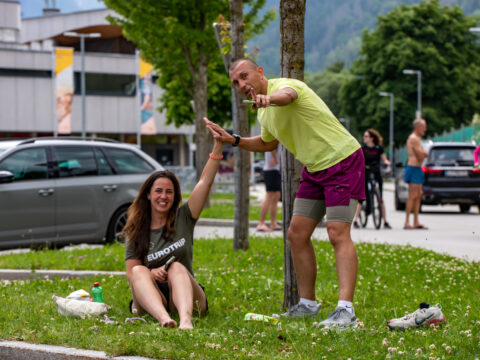
What Pace Should Runners Run Lactate-Threshold Workouts?
09.05.2020
Testimonial from a crew member
29.03.2025I’m a Former NCAA Runner Who Was Diagnosed With COVID-19. Here’s What It’s Like Running Again
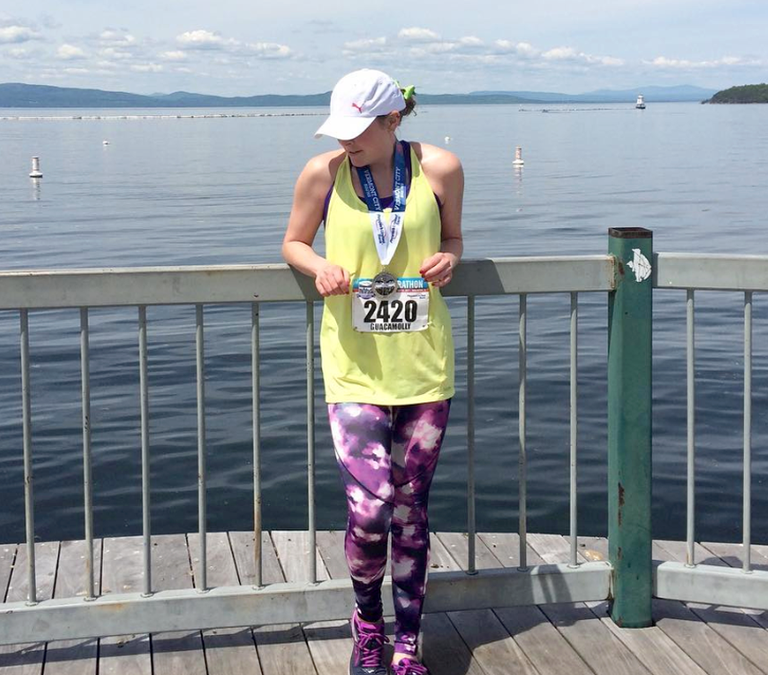
Editor’s note: This is a first-person account of one runner’s experience with coronavirus. For the most up-to-date information, check your local health department and trusted news outlets, the Centers for Disease Control and Prevention (CDC), and World Health Organization (WHO) regularly.
Running is my solace. I feel a comfort in the grip of the gravel beneath my running shoes. It’s a dirt and rubber-induced balance when outside factors cause my world to spin out of my control and a rushing calm brought on by a ticking clock. But more than anything, running feeds my competitive nature. It ensures that I always have the ability to make myself better than I was the day before, even if just by a few seconds.
This grit has always flowed through me like the blood in my veins. Even when I destroyed the cartilage in my right knee and needed surgery that threatened to end my running career, I returned more determined than ever. I rehabbed, made the Castleton University women’s cross country team, and conquered my first marathon. With the Green Mountains as my backdrop, I finished the 2017 Vermont City Marathon in 3:48:21. These days, I run five to seven miles before work and add a 10- to 12-miler on the weekends.
With a career in media, I regularly absorb the news—but when the coronavirus began to sweep the globe, I was waterboarded by it. New York City was shutting down at a rate that was impossible to fathom. A collapse of the global economy loomed, and I was struggling to imagine life without gyms, coffee shops, subway commutes, brunches with friends; the pieces of the city that make it home. I tried to prepare myself for the inevitable collapse of everything—except my health.
Around 5 a.m. on March 17, 2020, I awoke with a fever, chills, body pains, an excruciating headache, a cough, and tightness in my chest. A Google search told me I checked all of the known boxes for COVID-19 symptoms at the time. The closest hospital was a drive away, but an Uber ride could possibly put countless people at risk of contracting the virus. Instead, I sat in the darkness and waited for the walk-in center near my apartment to open.
Two hours later, I walked to the clinic and was seen immediately. The doctor quickly decided to test for the coronavirus; he apologized, cradled the back of my head, then pushed a swab up my right nostril that I felt stop near the tip of my eyebrow. Another apology and he pulled it out. My gaze lingered on the bloody tip.
Four days later, my fears were confirmed. I tested positive for COVID-19. However, unless I needed emergency room care, there was no further medical assistance that could be provided to me. Once again, I was left to wait.
Fortunately, I never needed ER care or a ventilator, but I did spend 12 days on bedrest. My fever burned between a 99 and 103 for five consecutive days, I battled my cough with over-the-counter medicines, and my muscles weakened. I consider myself to have a high pain tolerance, but this pain was different. It kept me awake at night as my hips and knees grew stiff from the stillness and aches echoed through my bones.
After watching the Netflix documentary, Game Changers, about the effects of plant-based proteins on muscle recovery, my brother suggested a vegan diet to reduce muscle inflammation. At this point, I had been experiencing my initial symptoms for nearly a week, and I could only feel myself getting sicker. I was willing to try anything, so I immediately altered my diet to eliminate all animal products. Although there is no research to support that a vegan diet helps with COVID-19 symptoms, I did begin to feel my severe headache and body pains subside within 24 hours (seven days after the initial onset of symptoms). It would be another three days before my cough and respiratory symptoms were completely gone.
My doctor instructed me to remain in quarantine until I went 72 consecutive hours without any of my initial symptoms. After this period, I would be safe to go outside without being a harm to others. This took 12 days in solitude, aside from a few conversations with my roommate. By then I’d memorized the walls around me, every spec of dirt and chip in paint forever burned in my mind.
It was cold and raining when I took my first steps outside for a morning walk through my neighborhood. It had a strange sense of familiarity and yet complete change as I passed the closed storefronts of my favorite shops and restaurants.
That afternoon, I needed to run. I’m not sure if it was 12 motionless days screaming inside of me or the ecstasy of fresh air, but my favorite eight-mile loop played like a movie reel through my mind.
My sneakers carried my feet to my starting line, as they’d done countless times before. Somehow it was like they knew this time was different, that this run would mean more than hundreds of miles we’d previously taken together.
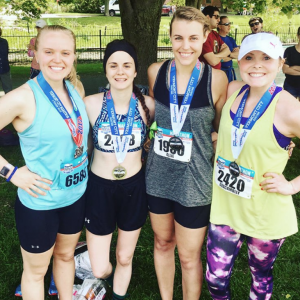
I don’t remember how I started, just that I did. Slowly, painfully, my hips and knees shattered the invisible chains that restrained them. My muscles screamed and lungs burned for those eight miles.
I’ve never felt so alive. After fearing my body might fail me, this seemingly small act of getting out for a run told me that I had overcome.
While I had made it to the other side of this deadly virus, I was just starting out on the difficult road of rebuilding my body. This would be the first of many challenging runs. But I pushed myself to keep showing up and with every run I felt my lungs burn just a little bit less, felt my muscles grow a little stronger, and saw my times fall a little more.
Over the last six weeks, I’ve continued to recover, regaining strength and endurance. I now run seven to 10 miles six days a week, adhering to social-distancing guidelines by running in less crowded areas when fewer people are out, like early in the morning or in the evenings. I’m also fortunate to know routes in my neighborhood that I can take to avoid crowded areas and intersections, which allows me to run safely without a mask.
My grandmother always told me to “live dangerously,” and it’s a mantra I’ve always embodied. But these days, I take it to mean live passionately and with more appreciation and perspective. In a world where I don’t know what tomorrow brings, I’m grateful for a strong, healthy body and the miles beneath my shoes.
This content is created and maintained by a third party, and imported onto this page to help users provide their email addresses. You may be able to find more information about this and similar content at piano.io
This commenting section is created and maintained by a third party, and imported onto this page. You may be able to find more information on their web site.
Source: Runner’s World
